The dream of entering medical or engineering school makes students flock to training centers, studying 18 hours a day with the mindset of "either have it all, or have nothing".
Pratibha Dattri, 16, now regularly attends a boarding school in Kota, the capital of the "cram industry", with the hope of getting into medical school next year. Every day, she studies late into the night, with a slogan on the wall: "If you sleep, you will have a dream, if you stay awake, you will live your dream".
"The most important thing for me is how much I learn," Dattri said.
Shree Kumar Verma, 19, is also studying for medical school at Allen Institute of Vocational Education, the largest cram school in Kota. Everywhere he looks, he sees his peers studying diligently.
"Becoming a doctor or an engineer is a lifelong dream for all of us," Verma shared.
In India, Medicine and Science and Engineering are the dream courses for candidates and their families. In 2023, more than two million candidates took the entrance exam for medical schools, but the quota was only 140,000. Similarly, more than one million students applied to the Institutes of Technology (IITs), but only 10,000 were accepted, an acceptance rate of 1%.
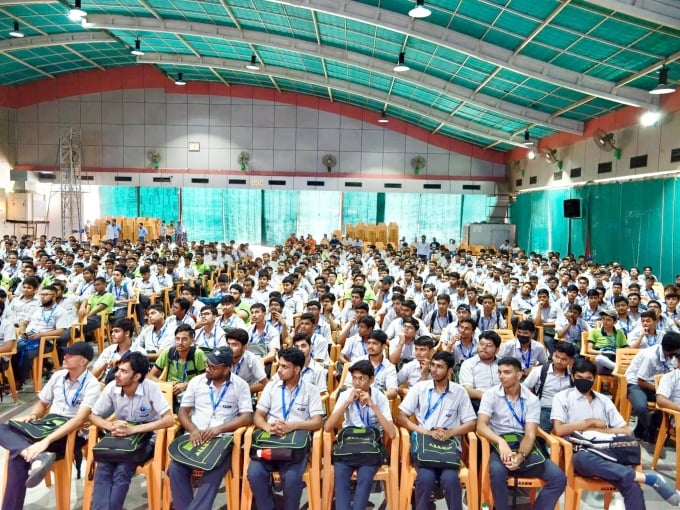
An orientation session at Allen Career Academy, Kota's largest cram school, which teaches 1.25 million students a year. Photo: New York Times
To get into these schools, candidates have to go through specialized exams. NEET is the exam for admission to medical and dental courses, while IIT-JEE is for students who want to pursue science and technology courses at 23 IIT institutes across the country.
The NEET exam takes place in May, lasting 200 minutes with 200 multiple choice questions, including 100 Biology questions, 50 Physics questions and 50 Chemistry questions, with a total score of 720. The IIT-JEE exam consists of three subjects: Mathematics, Physics and Chemistry, divided into a general and an advanced part. Of which, the general part with 90 multiple choice questions takes place in January, the advanced part with 108 multiple choice questions combined with essay (396 points) is taken in April.
In Kota, about 300,000 students attend boarding schools each year. Class sizes are typically large, ranging from 100 to 300, taught by faculty graduates from prestigious universities. Tuition here is about 150,000 rupees (43.8 million VND) a year, and living expenses are 30,000 rupees (8.8 million VND) a month.
To both prepare for the exam and ensure schoolwork, these students have to study up to 18 hours a day, seven days a week. Every two weeks, students at the exam preparation centers have to take practice tests, and their scores are ranked publicly.
"I don't have time for friends and social interaction. Books are my friends," said Rani Kumari, 22, who is studying for medical school entrance exams.
Many students, overwhelmed by pressure, have come to the Radha Krishna Temple. The temple's walls are covered with inscriptions: "Please give me success", "Please be with me, God, and help me make my parents happy", "Please help me pass the 2024 exams"... Priest Pandit Radhe Shyam said he has to whitewash the walls every two weeks to make more space.
When the exam scores were announced, the top students nationwide were treated like celebrities, with their photos plastered across large billboards and universities awarding them 100,000 rupees, or about 29.2 million VND.
Outside of medical school, Ravinder Kaur, a sociology professor at IIT Delhi, says that for many, getting into IIT is the biggest dream. According to data from analytics firm Tracxn, of the 108 unicorns – startups with a market capitalization of over $1 billion – 68 were founded by at least one IIT graduate. This is also the birthplace of a series of famous CEOs in the world . They are Sundar Pichai of Google, Satya Narayana Nadella of Microsoft or Arvind Krishna, CEO of IBM.
“Whatever happens at IIT becomes top news. IIT becomes a status symbol for Indian parents. Every middle class wants their child to get into IIT,” he said.
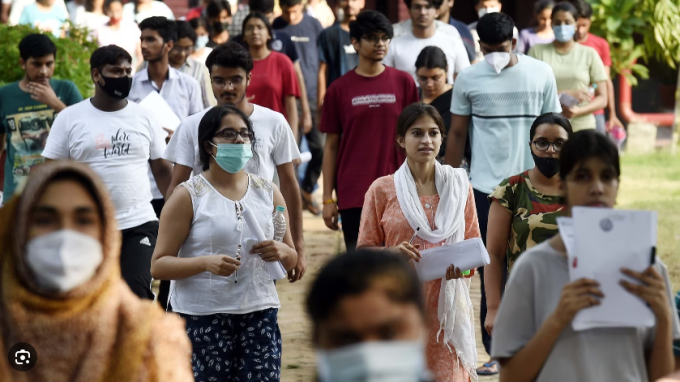
Candidates register for the 2023 medical school entrance exam. Source: Hindustan Times
However, the pressure of studying also causes many students to have psychological problems. Since the beginning of the year, 27 students have committed suicide at cram schools because of studying too much. Doctors say the biggest pressure on students comes from their families. Having a doctor or engineer in the family has long been considered a respectable thing in India and many parents see Kota as a way to make this a reality.
"They often tell their children that they have to pass at any cost. Many parents never accept their children's failure. So everything in their children's lives revolves around marks," said Dr Neena Vijayvargiya, a psychiatrist in Kota.
Dattri said the university entrance exam is fiercely competitive, but she believes in herself and will try her best.
"Being in Kota will either make you successful or leave you completely disappointed. Either you have everything or you leave with nothing," Verma said.
Doan Hung (the Guardian, THE, NHK)
Source link



![[Photo] Keep your warehouse safe in all situations](https://vphoto.vietnam.vn/thumb/1200x675/vietnam/resource/IMAGE/2025/10/1/3eb4eceafe68497989865e7faa4e4d0e)
![[Photo] Hanoi morning of October 1: Prolonged flooding, people wade to work](https://vphoto.vietnam.vn/thumb/1200x675/vietnam/resource/IMAGE/2025/10/1/189be28938e3493fa26b2938efa2059e)

![[Photo] President of the Cuban National Assembly visits President Ho Chi Minh's Mausoleum](https://vphoto.vietnam.vn/thumb/1200x675/vietnam/resource/IMAGE/2025/10/1/39f1142310fc4dae9e3de4fcc9ac2ed0)












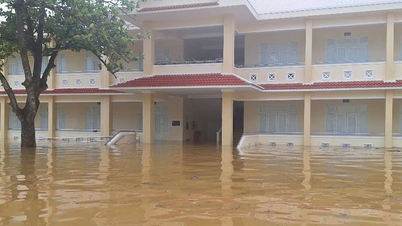



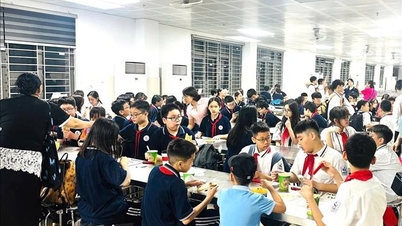



















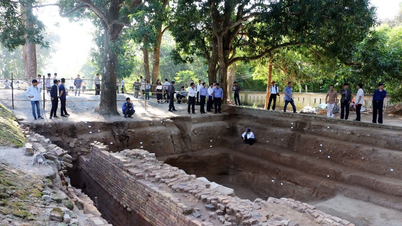




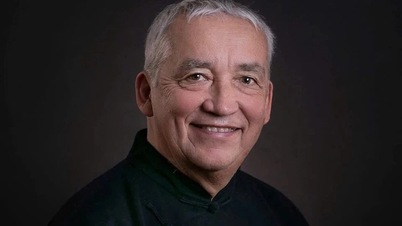








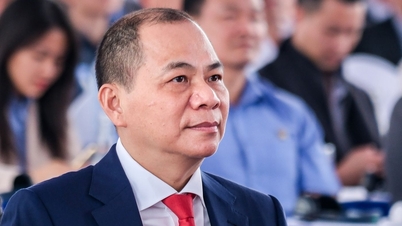



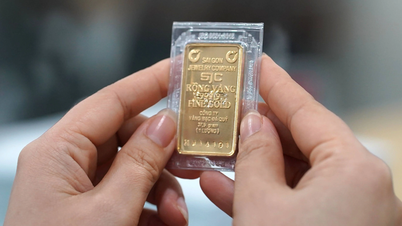

































Comment (0)